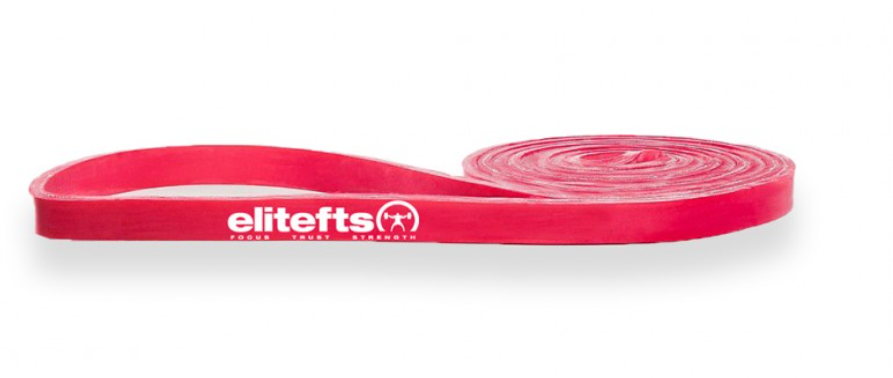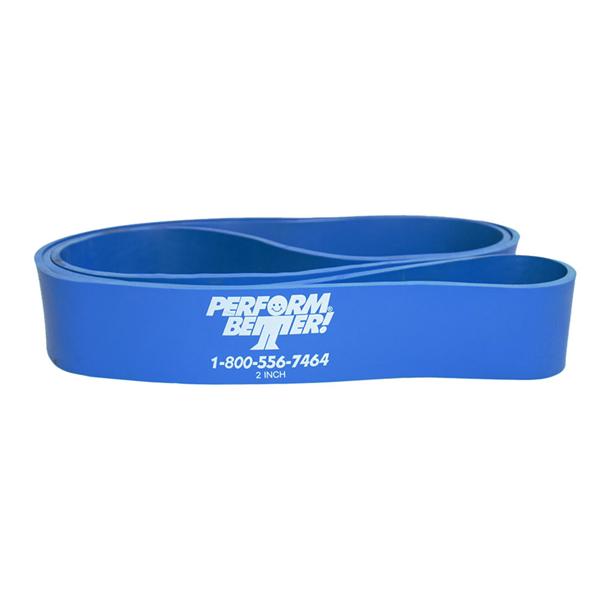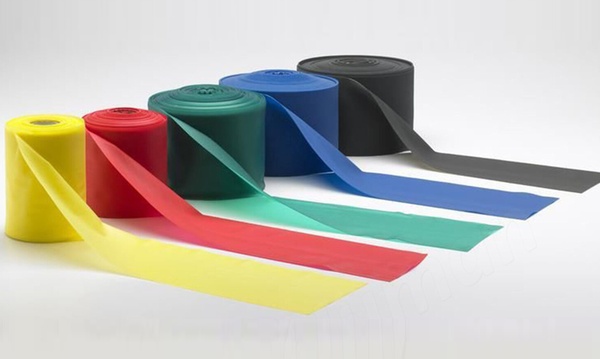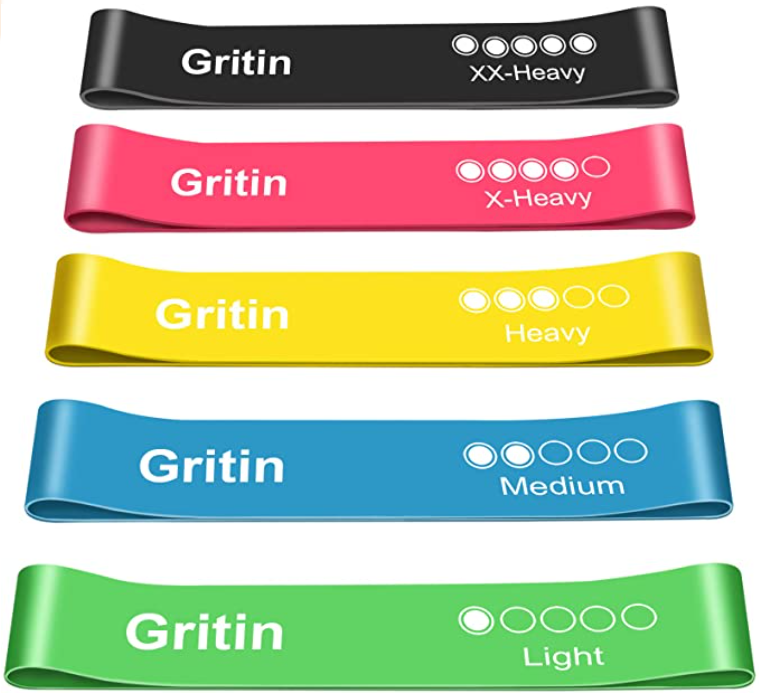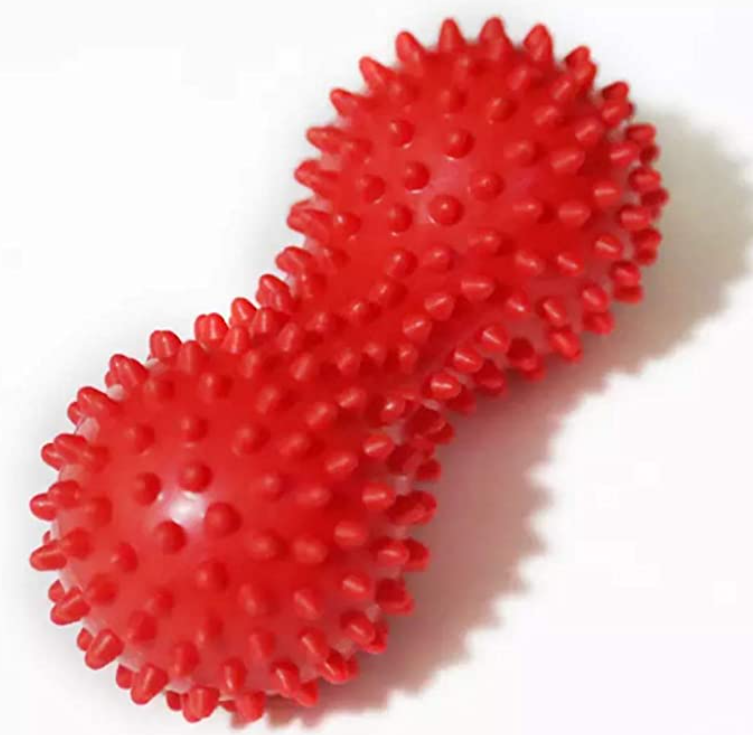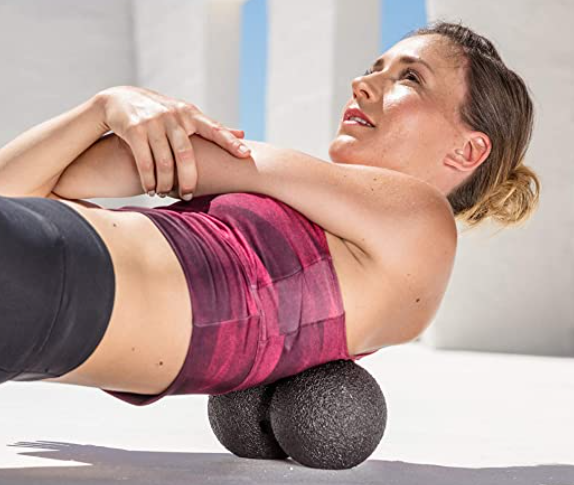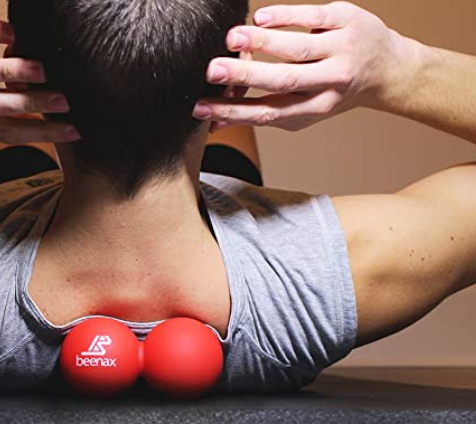Resistance Band and Mobility Tool Buying Guide + Specific Recommendations
The following items are among the equipment that I recommend/personally use for a lot of Mobility/prehab work, as well as some strength stuff. Eventually I will add sections for strength training equipment (BWF equipment and other home exercise equipment like adjustable dumbbells).
At the moment, none of these links are affiliate links or partnered or sponsored, etc. so I don’t make any money off of recommending them to you. If and when that changes, I’ll edit this paragraph out for a disclaimer saying so.
Quick Find Menu:
Resistance Bands:
Recommended Long Bands:
EliteFTS 7kg ‘Micro’ Band: $5.10 for one
This band is extremely useful or all kinds of things related to Mobility and prehab, warm-ups etc. It can be used on its own, or looped through itself to anchor to something, so there’s a lot you can do with it. It is not going to be particularly useful for strength training on its own, but in terms of having a single cheap item that will allow you to do things like rotator cuff exercises to supplement your training at home, this is more than worth the money. Many of the exercises in my Mobility and Prehab Library utilise this band.
Buy an EliteFTS 7kg ‘Micro’ Band from their site: $5.10 for one at the time of writing
EliteFTS 14kg ‘Mini’ Band: $9.60 for one
This band has similar utility to the above one, but it is useful for movements that need more resistance than you could get with the 7kg band doubled up. You may find this more useful for hip Mobility/prehab work, and the 7kg band more useful for the shoulders generally speaking, but both work for all kinds of Mobility drills and prehab exercises all over the body. I’d recommend starting with just the 7kg one if you are looking into acquiring a long band, and if you get great use out of it and want a heavier one, grab this one.
Buy an EliteFTS 14kg ‘Mini’ Band from their site: $9.60 for one at the time of writing
NOT Recommended Long Bands:
Generally speaking, any bands that are much heavier than those are not useful for much other than things like assisted pull-ups (which I’m strongly not a fan of anyway). Typically these very thick, heavy “super” bands end up just collecting dust in the corner of a home gym, only to be used once every 2 years for an obscure Mobility exercise that you never do again because of how unwieldy it is to work with such a strong band. As I result, would not recommend investing in them unless you have a very specific purpose or them where you know they will come to good use.
The other type of band I don’t really recommend is the vey thin ‘physio style band that comes in a roll that is cut to a length, and is simply an open strip of band that you can tie in a knot to make a loop if needed. These have extremely limited utility and don’t do anything that the long 7kg band above can’t do for you, but the 7kg band can do much more. Even if you need relatively light resistance, the 7kg band is very light if not stretched to full extension.
Recommended Short Bands (Hip Loop Style):
Gritin Skin Friendly Loop Bands: £9.99 for the set
These bands are a good set of hip loop bands for prehab work, adding bands to your glute bridge/hip thrust work or squats for added glute stimulus.
The reason I recommend them is they’re very durable, aren’t pinch-y or painful on skin when they stretch, even on hairy legs, and the range of resistances make them useful for all kinds of stuff. For things like hip thrusts as well, they can be much cheaper to simply stack these bands up on top of each other for added resistance rather than buying a larger more heavy duty hip loop that would cost far more.
Buy Gritin Skin Friendly Loop Bands on Amazon: £9.99 at the time of writing
Door Anchor Bands + Handles: Buying Guide
These bands, by nature of having a door anchor point and handles, as well as being stackable for custom resistance make them an actually pretty useful tool for accessory training. I won’t lie to you and say they are a perfect tool for a totally full body workout, and that they’re all you need for an effective strength routine. They’re generally lacking in quality options to use for lower body exercises (even with creative experimentation) and once they get heavy enough, they become hard to maintain balance without being pulled back to the band. That being said, they’re extremely useful as a part of a home workout arsenal to have something that’s like a cable machine for training accessories
Hard to say exactly what brand to go for on these, as many exist on amazon. having tried 3 different ones, they all seem essentially the same in terms of the quality of the bands and handles. However, some come with loops for the ankle/foot as well as handles which is very handy (footy?), so I would look out for one that includes them, personally.
Some packs come with more bands or bands of higher poundage, generally you’ll find the total sits somewhere between a total of 100 to 200lbs if all bands were stacked up, but as low as 10lbs if used the one lowest band at once.
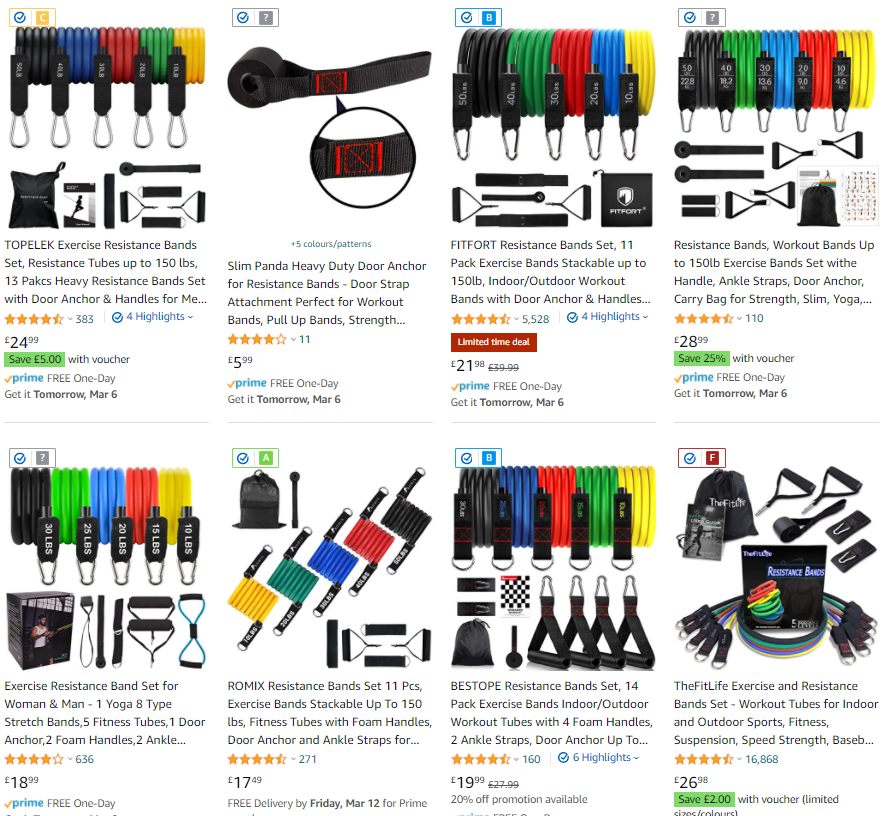
Depending on what you think you’ll use it for, you can use your own judgement on what kind of total poundage you’ll get (I would not get a total poundage that’s heavier than you are though, or you’ll never actually be able to use the full extend of weight, as the outstretched band will pull you off your feet when you use it )
However one thing to keep in mind, is that the anchors are not all created equal. Here is an example of two different anchors I have from two different band sets:
As you can see, one has a very thick stopper on it, that is not going to slip through a gap between the door and the frame in a million years. Alternatively, the other simply has a small incompressible ball woven into the stitching. The problem with this is that it is so small that if you have any kind of gap between the door and frame, its not really safe if you were to load any significant resistance of band. It may simply slip through the door. Let’s see them in use.

As you can see, the small stitched in ball is bigger than the door gap, but only barely. If you are looking for a set of bands, then, make sure that it comes with a good door anchor.
Alternatively you can do what I did and buy a set of those anchors with the large foam stoppers. I use them to have one anchor at the top and bottom of the door for different exercises at the same time, and have even used them to hook gymnastic rings up to a door for inverted rows.
For curiosity this is the set of anchors I have:
Sumind 4 Foam Door Anchors: £7.99
I don’t recommend these for any particular reason other than they are the ones I happened to buy, they’re sturdy and have never frayed or broken even with regular use with several stacked bands pulled to full length several times a week.
Buy Sumind 4 Foam Door Anchors from Amazon: £7.99 at the time of writing
Prehab/Mobility Tools:
Recommended Peanut:
Beenax Peanut Massage Ball: £8.99
This is a Mobility tool I cannot over-recommend. I own 3 of them, and keep one of them in my bag at all times. Essentially everyone I’ve shown this to, whether clients or just friends and family, have fallen in love with it.
As far as a method for getting a good intense mobilisation of your thoracic spine/upper back, this blows everything else out of the water. What the tool actually is, is two dense rubber lacrosse balls fused together with an approx. 0.5cm gap between the two balls. This allows the tool to be placed on either side of the spine, with the spine fitting in the gap between. The balls can sink into your back muscles, allowing you to do fairly intense SMT work on the muscles on either side of your upper back as well as getting a strong vertebral joint mobilisation, without putting pressure directly on your spine.
From my perspective as an person with hEDS, I use this pretty much daily to click my spine back into place when I feel like something has shifted, and from the perspective of an individual who has had (And to a degree still has) very restricted overhead Mobility, this tool has done wonders for improving my upper thoracic spine Mobility to improve my overhead position. From the perspective of a coach, I have seen great results with many clients using this as well.
The brand I’ve listed above is not the only one of its kind, it just happens to be the cheapest one I know of that has all the necessary components of:
- Hard dense rubber, rather than spiky plastic or foam
- The right distance apart (some are very wide and the gap between the balls is not steep enough to create much space for the spine)
- Not too large to properly sink into your back
If you can find one that ticks those boxes for less money (as the price of all ths
Buy a Beenax Peanut Massage Ball on Amazon: £8.99 at the time of writing
The following are some peanuts I would not recommend purchasing.
NOT Recommended Peanuts:
There are two types of peanut you’ll find on amazon that you want to avoid.
Spiky Ball Peanuts:
These are essentially a huge gimmick that in being so, ultimately end up being less effective at what they’re intended to do. The spikes actually turn this into more of a superficial massage tool, because it will prevent the peanut actually properly sinking into your back to do any mobilisations without the discomfort of the spikes (that they have oddly put in the middle, where your spine is meant to go) digging deep into your skin. They are also often very cheaply constructed, with a large sharp plastic seam on one end of it, often for no cheaper than the properly made silicone ones recommended above that are far more effective at everything they try to do.
Too Wide/Too Big/Too Soft Peanuts:)
Many peanuts on sale online are simply too big to properly sink into the back or give you any focused mobilisation on your thoracic spine due to the broad surface area of the contact point. Not only that, they’re usually made of much softer materials. It will essentially feel the same as lying on a foam roller with a divet in the middle. For this reason, it’s not really worth purchasing because it won’t give you anything more than a foam roller will.
D.I.Y Peanuts?
While this may seem like a good or ‘cheap’ idea to begin with, havin tried it myself I can say that it’s actually just very unwieldy, not terribly effective and mostly a waste of time and effort compared to just buying a proper peanut. The texture of the tape is uncomfortable on the back unless you’ve managed to make it perfectly smooth with no creases, it will start to get sticky with a lot of use, and no matter how much you tape the heck out of it, the outer layer of tape will always fray and peel. Not only that, but when you do decide to take it apart, you will be left with two balls absolutely caked in adhesive that will just be annoying to clean off.
Unless you actually have two quality lacrosse balls of the same density, using things like tennis balls will be far too compressible and soft to be useful in any way. If you do use proper quality lacrosse balls then you’ll just end up with a mediocre peanut for a couple weeks until the tape frays and peels and gets sticky enough that you want to take it off, followed by two of your lacrosse balls being annoyingly sticky and spending 5 minuts scrubbing the adhesive off before moving on.
Recommended Lacrosse Balls:
Fitness Mad Trigger Point Massage Balls: £9.67
Simply put, this is a good set of lacrosse balls because it comes with one of 3 different densities, so you can use the softer ones on more sensitive bands of muscle that would otherwise be too difficult to relax into a harder ball. For what they are, they’re very low cost as well. That’s about all I can say for why I recommend these.
However, assuming you avoid spiky lacrosse balls (similarly to the peanut buying guide) there are many kinds of lacrosse balls on amazon that do the job just fine.
Buy some Fitness Mad Trigger Point Massage Balls on Amazon: £9.67 at the time of writing
More Coming Soon:
Gymnastics rings, pull-up bars, weight vests, adjustable dumbbells and more
Support the Creator!
If you like my content a lot and want to say thanks to the person that made it (me!), you can send me a one-off or monthly tip on Ko-fi here! Also, I have a premium exercise library hosted on this site with currently 325 exercises in it that you can subscribe to for only £5 per month. If you do decide to sign up, it’d be even better for you than donating anyway, because you get some nice premium content as well!
(ON THE PRESENCE OF ADS ON THE SITE:) I make the majority of my content for free because I simply want to help people as much as I can, and want to make fitness as accessible and easy to understand as possible, but running this site has some costs associated with it and like everyone in this world I’ve got bills to pay! I have had manual donation buttons and optional paid subscriptions on my site for years so I could avoid hosting ads for as long as possible, but the number of supporters to the site has not grown proportionally with increased traffic (and associated running costs from improvements to the site) over time.
Ultimately, that has informed the decision to host ads on the site. In an ideal world, if I were able to get enough consistent supporters to the site, then I could go back to making the site fully ad-free. At the same time I recognise that is not realistic, as a lot of people who appreciate my content the most do so because it is completely free, and would ultimately rather choose a few ads in my articles than having to pay for access.



